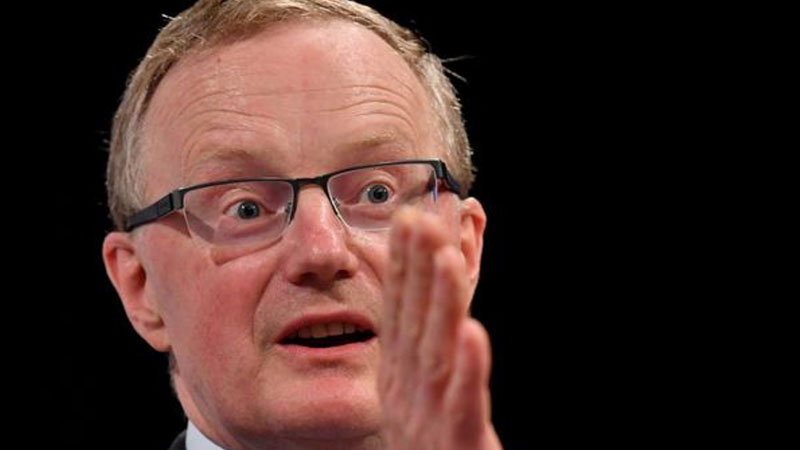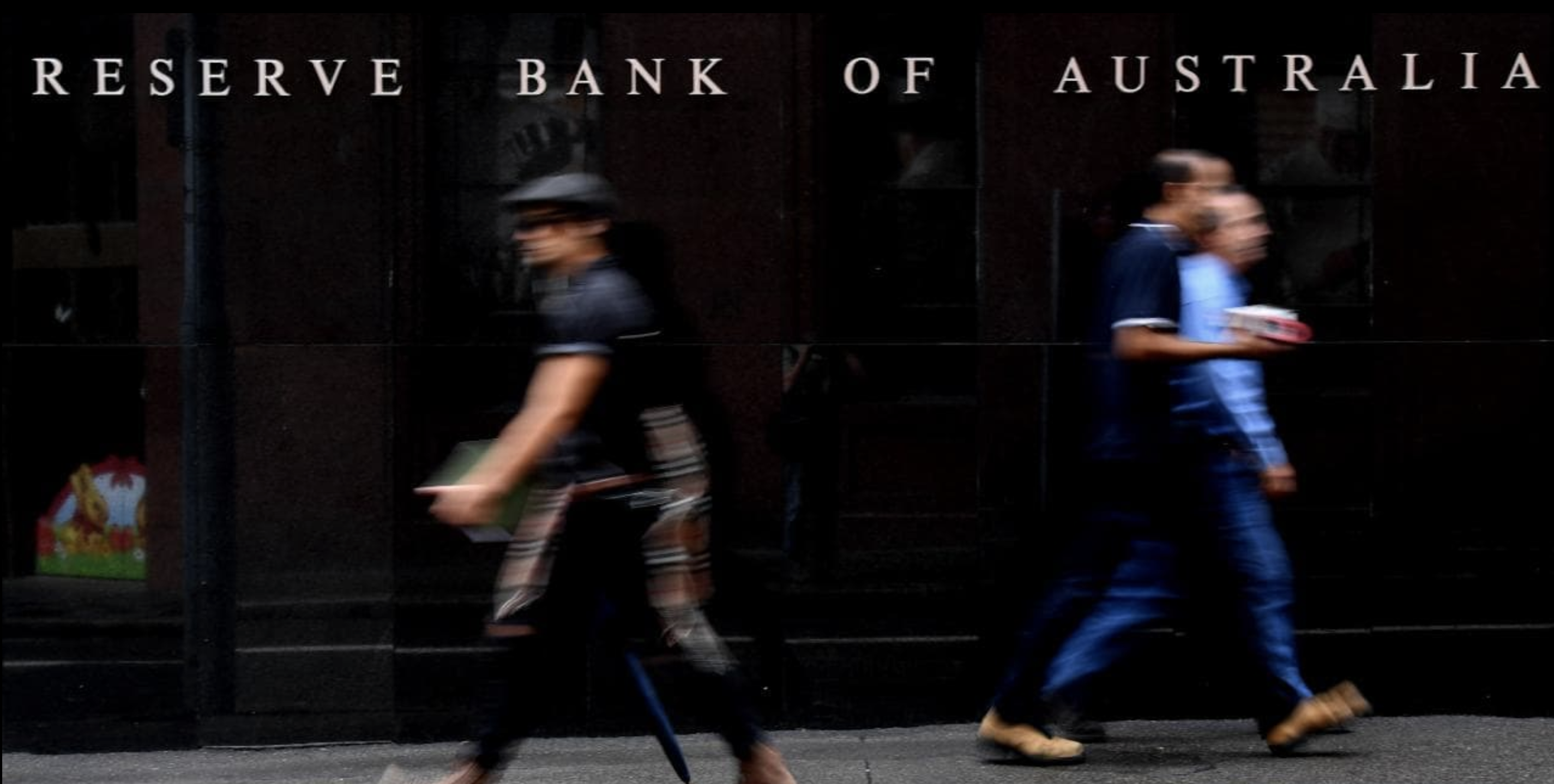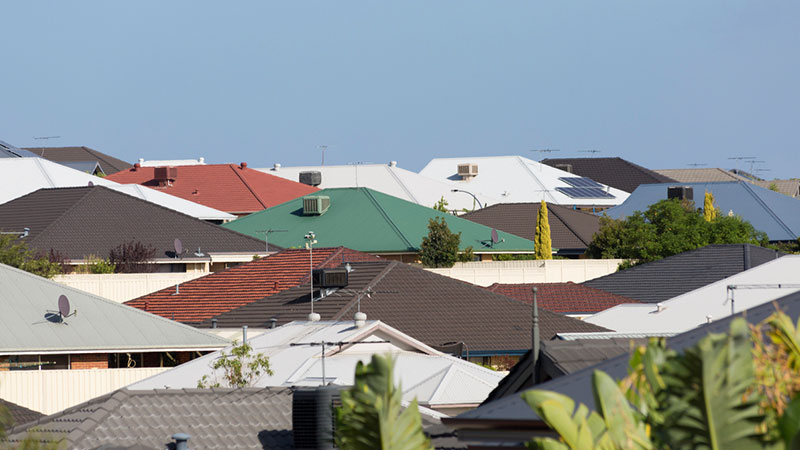RBA Cuts Interest Rates to Historic Lows
In the first official rate move in almost three years, the Reserve Bank announced it will lower the cash rate from 1.5 per cent to 1.25 per cent.
The reduction has been widely anticipated, and comes after the RBA signalled it could cut interest rates last month to curb unemployment rising.
RBA governor Philip Lowe said the board made the decision to “support employment growth” and “provide greater confidence that inflation will be consistent with the medium-term target”.
Lowe also noted that the recent inflation outcomes have been “lower than expected and suggest subdued inflationary pressures across much of the economy”.
So now that the cash rate has been cut by 25 basis points to historic lows, the focus is on the banks.
And the question is how much of the rate cut will they pass on to borrowers?

ANZ was the first of the big four to act, but has failed to pass on the cut in full, reducing interest rates on mortgages by 0.18 percentage points.
The Commonwealth Bank and National Australia Bank have passed on the interest rate cut in full, reducing standard variable interest rates by the full 25 basis points.
Westpac was the last to act, reducing by only 20 basis points, effective from 18 June.

What does the cash rate cut mean for property?
Lower rates, along with other recent regulatory measures, will lend further support to Australia's slowing residential market.
However, rising unemployment, high debt and tightening credit continues to cloud the housing market outlook.
Capital Economics senior economist Marcel Thieliant said that the RBA’s rate cutting cycle likely heralds the end of the housing downturn.
“We now expect house prices to start rising from early next year. But the prospect of rising house prices doesn’t mean that the RBA is done easing.
“The RBA has lowered interest rates even when house prices where already rising following seven out of the last eight housing downturns.”
Following the federal election, lower mortgage rates, along with APRA's pledge to deliver lower serviceability assessments, Corelogic's Tim Lawless describes the combination as ingredients “likely to see an improvement in housing market activity”.
“However, with credit policies remaining tight, the stimulus of lower rates isn’t likely to be as effective in kick starting the housing market as what we have seen in the past,” Lawless said.
Related: Australian House Prices ‘Closer to the Bottom’: AMP’s Shane Oliver

Housing data released this week showed the pace of residential declines eased for the month of May, led by a slower rate of decline in major capital city markets’ Sydney (down 0.5 per cent) and Melbourne (down 0.3 per cent). Corelogic said this was the smallest decline in values for both cities since March last year.
Combined capital city dwelling values have seen falls of 10.1 per cent since peaking, with Sydney down 14.9 per cent since peak, and Melbourne values down 11.1 per cent.
As for future cuts, the prevailing view is that Tuesday’s cut will be followed by at least one more before the year is out.
“Rate cuts are a bit like cockroaches,” AMP Capital’s Shane Oliver said.
“If you see one there is normally another nearby. We expect another 0.25 per cent rate cut in July or August and two more rate cuts by mid next year taking the cash rate to 0.5 per cent.”














